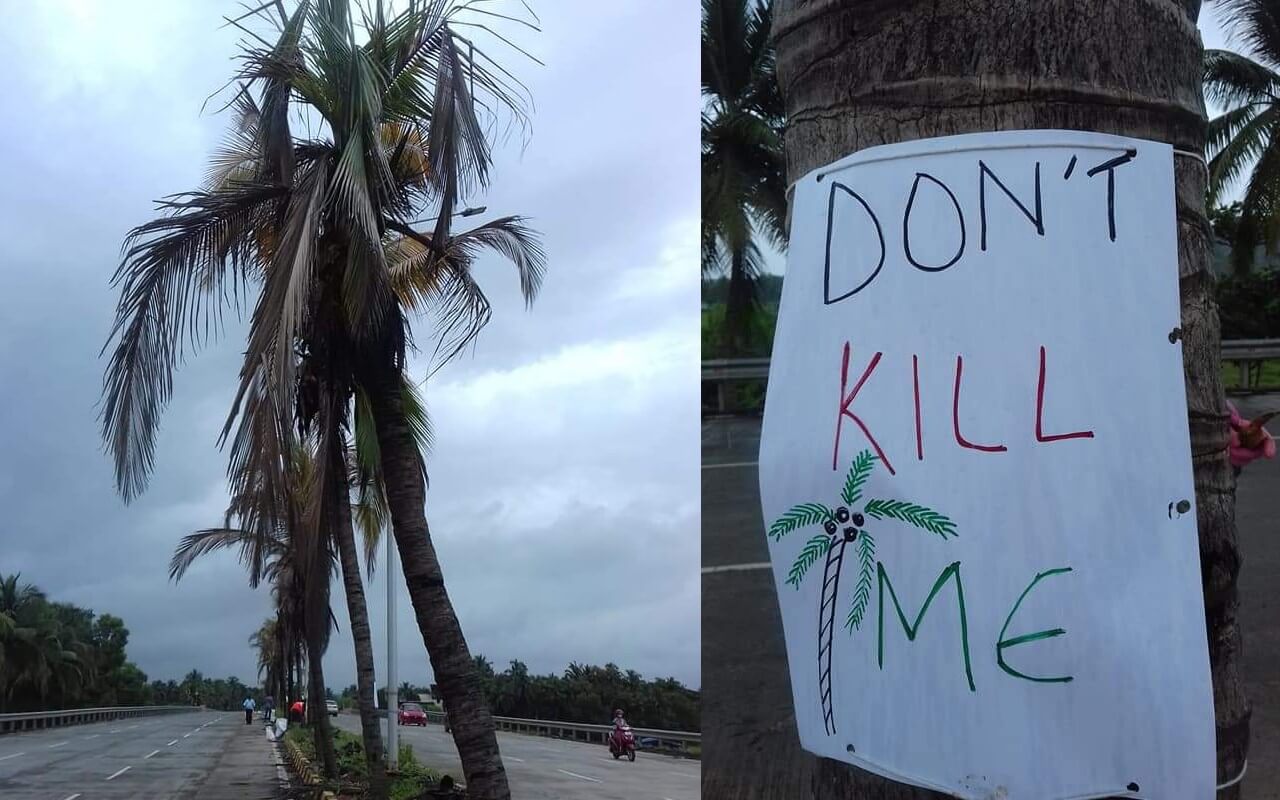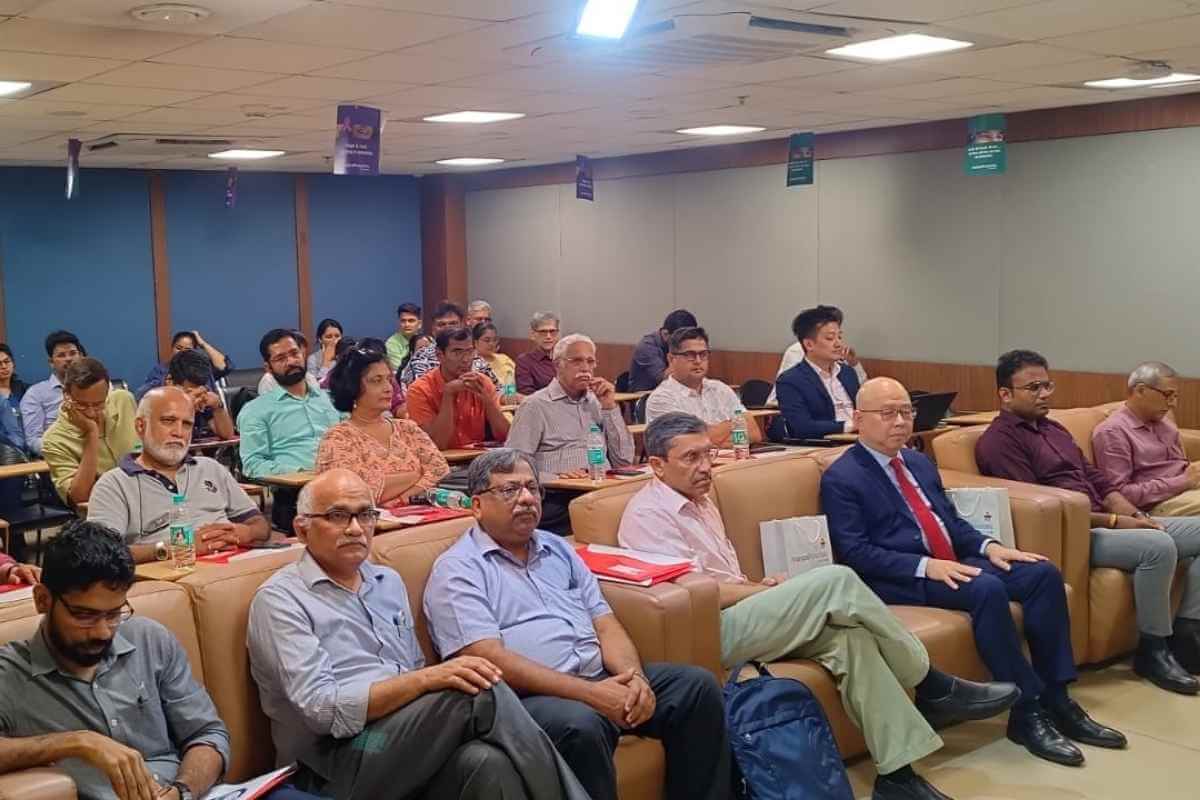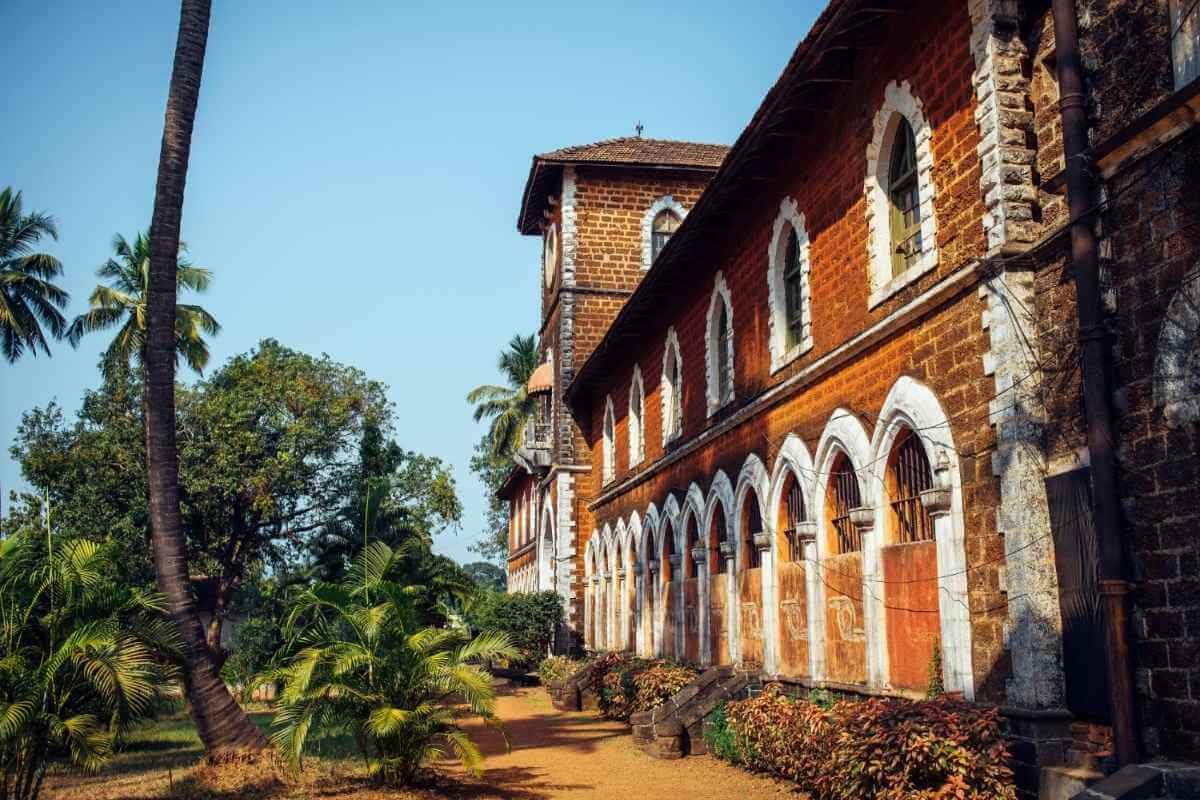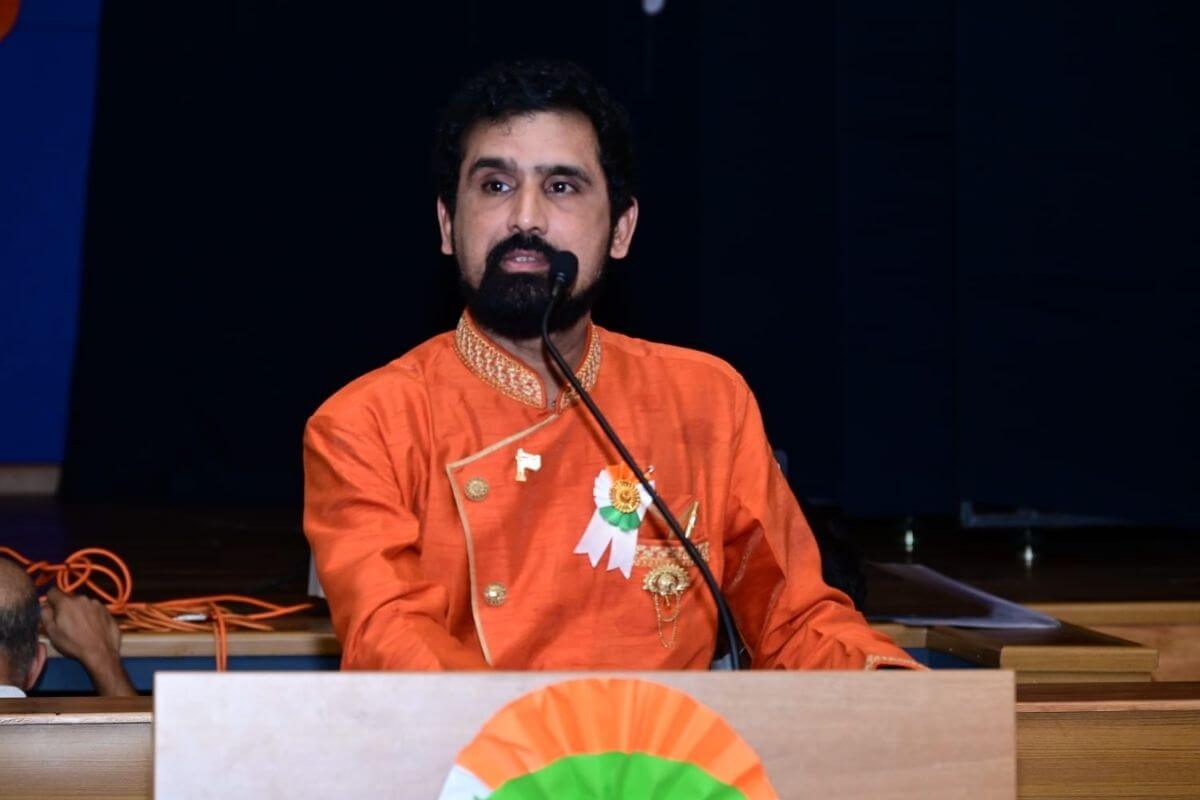One identifies Goa not just by its beaches, but it’s swaying palm trees, that add to Goa’s individuality. Drive through any street and you are bound to come across these beautiful palm trees at every corner.
The state’s famous Guirim road, along the Panjim-Mapusa highway, was a witness to such beauty, with palm trees adding to the perfect drive of the journey. However, highway construction has threatened these iconic palm trees, with several of them chopped off, despite repeated promises to conserve them. Those that made it through, are now choking, as their roots are not able to get any supplements due to the concrete laid. The debris has also been thrown at their roots.
It is no surprise that local communities come together for a spirited cause when the need arises, and they righty did. After the famous banyan tree was put back into the earth and given a second shot at life a month ago in Anjuna, a similar community effort was building up over the last week, to save the famous road stretch along the Guirim highway.
Local NGO group Goa Green Brigade, with active participation from other locals and like-minded people, drew a community effort to help save these palm trees.
Despite rising COVID-19 cases in the state, a group of nearly 45 people came together. They dug up pits around the existing trees and placed organic manure to help these trees develop fresh new roots. The technique called ‘new-rooting’ will enable these trees to rejuvenate.
The local NGO had even written to the PWD, Chief Conservator of Forests, and the company involved in the highway construction about their community efforts, and had called invited them to be a part of these efforts. However, none of the authorities visited to be a part of this effort.
The new rooting technique will use nearly 300kgs of organic manure, all of which have been sourced from Goa’s famous agriculturalist, Nestor Rangel. This will help the trees re-absorb minerals from the soil. The technique will be repeated every year to ensure that the trees continue to grow properly.
To any Goan, this stretch of the road was a picture-square location with beautiful green palm trees along both sides of the road. However, the four-laning of the national highway resulted in a massive loss of its green value, as several of these palm trees were cut. Some of their roots were even choked with concrete during constructions, resulting in the yellowing of the palm leaves.
In the past, several representations were made to find alternate arrangements in order to save these trees, however, everything was futile. Last year, several mango trees – some almost 200 years old – were cut overnight despite repeated protests along the similar road at Colvale.
This community effort, many consider is just the beginning of many the state is going to witness, as local groups have begun coming together to safeguard the state’s identity of a green Goa.
The Author : Ronnan Da Cunha

























